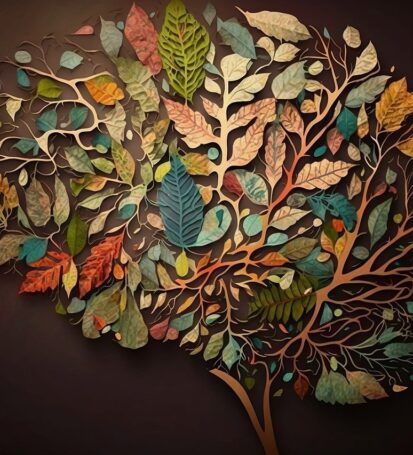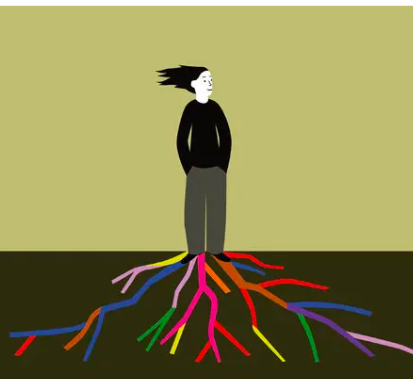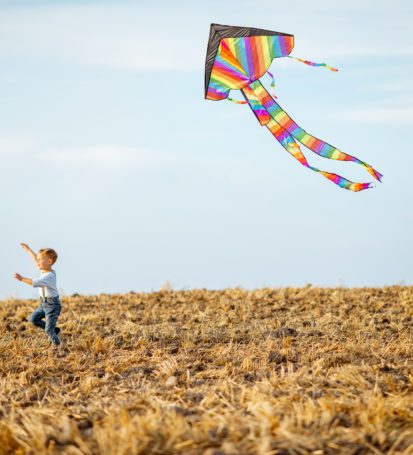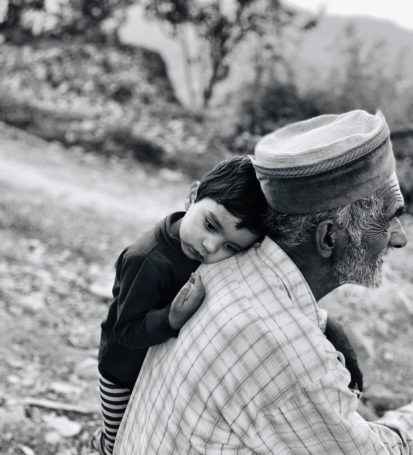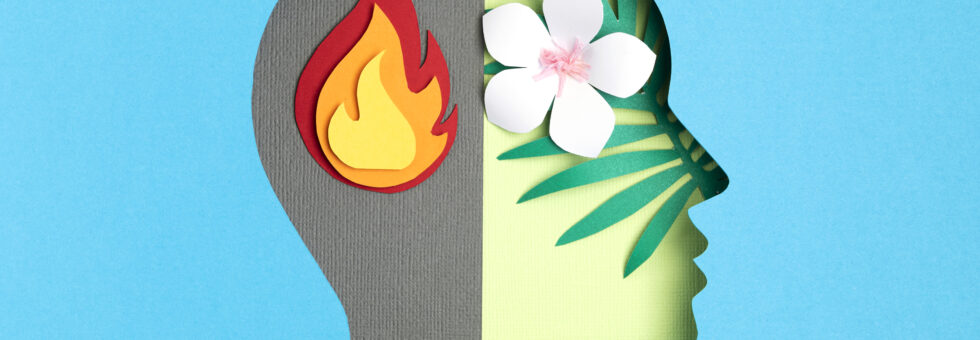Childern & Young People
Clinical Research & Application
 Children (CH)Research (R)
Children (CH)Research (R) Conceptual (C)CH-R-C
Conceptual (C)CH-R-C Children (CH)Research (R)
Children (CH)Research (R) Conceptual (C)CH-R-C
Conceptual (C)CH-R-C Theoretical (T)CH-R-T
Theoretical (T)CH-R-T Clinical (CI)CH-R-CI
Clinical (CI)CH-R-CI Practice (P)CH-R-P
Practice (P)CH-R-P
C- Conceptual |T- Theoretical | CI- Clinical | P- Practice
 Theoretical (T)CH-R-T
Theoretical (T)CH-R-T Older Adults (OA)Research (R)
Older Adults (OA)Research (R) Conceptual (C)OA-R-C
Conceptual (C)OA-R-C Theoretical (T)OA-R-T
Theoretical (T)OA-R-T Clinical (CI)OA-R-CI
Clinical (CI)OA-R-CI Practice (P)OA-R-P
Practice (P)OA-R-P
C- Conceptual |T- Theoretical | CI- Clinical | P- Practice
 Clinical (CI)CH-R-CI
Clinical (CI)CH-R-CI Families (F)Research (R)
Families (F)Research (R) Conceptual (C)F-R-C
Conceptual (C)F-R-C Theoretical (T)F-R-T
Theoretical (T)F-R-T Clinical (CI)F-R-CI
Clinical (CI)F-R-CI Practice (P)F-R-P
Practice (P)F-R-P
C- Conceptual |T- Theoretical | CI- Clinical | P- Practice
 Practice (P)CH-R-P
Practice (P)CH-R-P Systems/Services (SS)Research (R)
Systems/Services (SS)Research (R) Conceptual (C)SS-R-C
Conceptual (C)SS-R-C Theoretical (T)SS-R-T
Theoretical (T)SS-R-T Clinical (CI)SS-R-CI
Clinical (CI)SS-R-CI Practice (P)SS-R-P
Practice (P)SS-R-P
C- Conceptual |T- Theoretical | CI- Clinical | P- Practice
Children & Young People (CH-R)
Clinical Research & Application
The exploration of child psychology gained significant traction only in the mid 1900s with the formal establishment of child psychiatry as an independent domain within the broader field. This marked a transformative journey in scientific exploration, reshaping our understanding of child psychology. Interest in developmental psychopathology was ignited by pioneering figures such as psychoanalysts Melanie Klein and Anna Freud, as well as Piaget's ground-breaking work on cognitive development, Vygotsky's contributions to psychosocial development, and Bowlby's influential attachment framework.
While the field of child psychology is still in its infancy, various models have emerged over the years. These include behavioural models focusing on infant reactions, psychodynamic approaches emphasising unconscious psychological processes, and psychobiological perspectives delving into the interplay between a child's environment and biological mechanisms which shape emotions and behaviours.
Mental health difficulties in children range from emotional and behavioural disorders, such as depression, anxiety, and ADHD, to more complex neurodivergent disorders like autism and epilepsy. Symptoms of mental health disorders in children can include difficulties with how a child plays, learns, speaks and acts, as well as how the child handles their emotions.
The future of developmental psychology will no longer see children as merely recipients of knowledge and intervention programmes adults have designed for them. Instead, children should be included in the making of research and indeed contemporary sociologists and anthropologists have achieved significant outcomes in making research with children [Cowie & Jennifer, 2017]
“How soon can a child go mad? Obviously not
before it has some mind to go wrong.”
- Maudsley, 1895
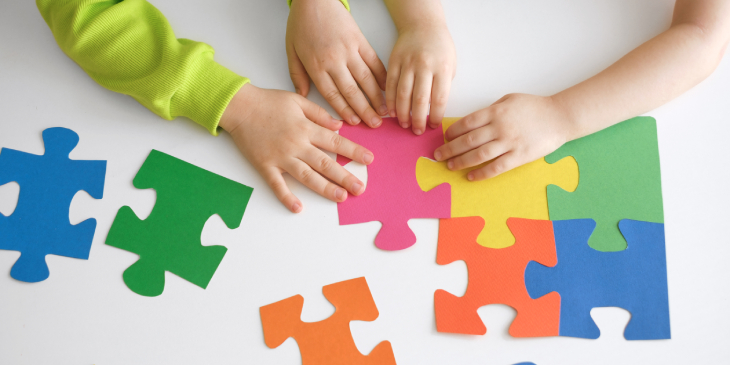
"Oxford University Scientific Society. (2018, April 14). Neurons making connections.
. Facebook. https://www.facebook.com/watch/?v=156071449069443"
Psychology Cares Approach
At Psychology Cares we believe science and discovery is “child’s play”.
Polymath Leonardo Da Vinci and theoretical physicist Richard Feynman understood this. They understood the integration between exploration and learning through sensory mechanisms and explained those experiences through the dynamic interplay of thinking, feeling, recognising, and exploring.
Putting this into practice, like how building blocks can make houses, bridges, roads and clouds, our work through CRCI is ultimately about synthesising these concepts and theories with our own so that other people can put these into practice. We standardise the mechanisms to create more effective and efficient outcomes whilst being aware there is more to learn, develop and grow.
Our Research: Children & Young People
Psychology Cares
Clinical Research & Application Model
(CH-R)
Related Category
Current...
No posts found
CRCI
Centre For Research & Clinical Innovation
Theoretical
Research
Research
Theoretical Research holds a
crucial role in ascribing significance to our concepts.
crucial role in ascribing significance to our concepts.

Clinical
Research
Research
Clinical Research involves the practical application of concepts and theories to address specific sets of problems.
Practice
Research
Research
Practice Research integrates concepts, theories, and clinical

Conceptual (C)
Research
Research
Conceptual Research forms the cornerstone of our approach.


Related Category
Current Ed.,
Child Development
June, 17, 2022
Facebook
Linkedin
Twitter
Instagram
Youtube
Whatsapp
Let...

Related Category
Current Ed.,
Child Development
June, 17, 2022
Facebook
Linkedin
Twitter
Instagram
Youtube
Whatsapp
Let...
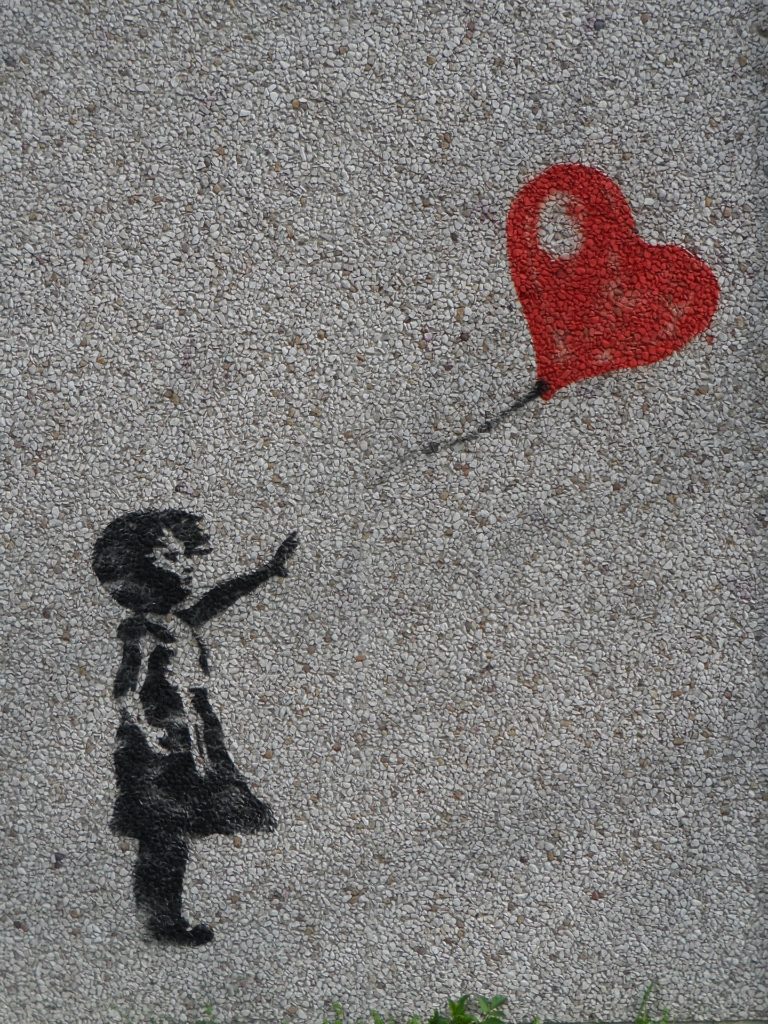
Related Category
Current Ed.,
Child Development
June, 17, 2022
Facebook
Linkedin
Twitter
Instagram
Youtube
Whatsapp
Let...
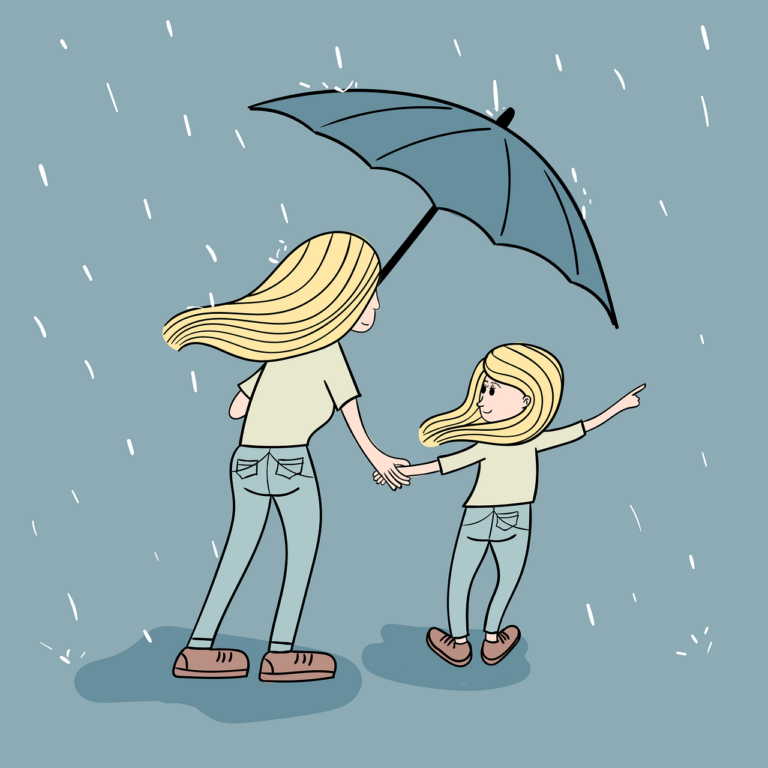
Related Category
Current Ed.,
Child Development
June, 17, 2022
Facebook
Linkedin
Twitter
Instagram
Youtube
Whatsapp
Let...
No posts found
Our Magazine
Explore more...
Clinical Care
There is just enough space here for several lines of text. Make sure you get your message across clearly yet concisely.
Research & Application
There is just enough space here for several lines of text. Make sure you get your message across clearly yet concisely.
Learning & Sharing
There is just enough space here for several lines of text. Make sure you get your message across clearly yet concisely.
Videos & Resources
There is just enough space here for several lines of text. Make sure you get your message across clearly yet concisely.
 Lifespan Systematic ModelClinical Research & Application
Lifespan Systematic ModelClinical Research & Application Children
Children Children (CH)Research (R)
Children (CH)Research (R) Conceptual (C)CH-R-C
Conceptual (C)CH-R-C Theoretical (T)CH-R-T
Theoretical (T)CH-R-T Clinical (CI)CH-R-CI
Clinical (CI)CH-R-CI Practice (P)CH-R-P
Practice (P)CH-R-P
C- Conceptual |T- Theoretical | CI- Clinical | P- Practice
 Adults
Adults Adult (A)Research (R)
Adult (A)Research (R) Conceptual (C)A-R-C
Conceptual (C)A-R-C Theoretical (T)A-R-T
Theoretical (T)A-R-T Clinical (CI)A-R-CI
Clinical (CI)A-R-CI Practice (P)A-R-P
Practice (P)A-R-P
C- Conceptual |T- Theoretical | CI- Clinical | P- Practice
 Older Adults
Older Adults Older Adults (OA)Research (R)
Older Adults (OA)Research (R) Conceptual (C)OA-R-C
Conceptual (C)OA-R-C Theoretical (T)OA-R-T
Theoretical (T)OA-R-T Clinical (CI)OA-R-CI
Clinical (CI)OA-R-CI Practice (P)OA-R-P
Practice (P)OA-R-P
C- Conceptual |T- Theoretical | CI- Clinical | P- Practice
 Families
Families Families (F)Research (R)
Families (F)Research (R) Conceptual (C)F-R-C
Conceptual (C)F-R-C Theoretical (T)F-R-T
Theoretical (T)F-R-T Clinical (CI)F-R-CI
Clinical (CI)F-R-CI Practice (P)F-R-P
Practice (P)F-R-P
C- Conceptual |T- Theoretical | CI- Clinical | P- Practice
 Groups
Groups Groups (G)Research (R)
Groups (G)Research (R) Conceptual (C)G-R-C
Conceptual (C)G-R-C Theoretical (T)G-R-T
Theoretical (T)G-R-T Clinical (CI)G-R-CI
Clinical (CI)G-R-CI Practice (P)G-R-P
Practice (P)G-R-P
C- Conceptual |T- Theoretical | CI- Clinical | P- Practice
 System/Services
System/Services Systems/Services (SS)Research (R)
Systems/Services (SS)Research (R) Conceptual (C)SS-R-C
Conceptual (C)SS-R-C Theoretical (T)SS-R-T
Theoretical (T)SS-R-T Clinical (CI)SS-R-CI
Clinical (CI)SS-R-CI Practice (P)SS-R-P
Practice (P)SS-R-P
C- Conceptual |T- Theoretical | CI- Clinical | P- Practice
 Retreats
Retreats Retreats (RE)Research (R)
Retreats (RE)Research (R) Conceptual (C)RE-R-C
Conceptual (C)RE-R-C Theoretical (T)RE-R-P
Theoretical (T)RE-R-P Clinical (CI)RE-R-CI
Clinical (CI)RE-R-CI Practice (P)RE-R-P
Practice (P)RE-R-P
C- Conceptual |T- Theoretical | CI- Clinical | P- Practice
 e-Therapy
e-Therapy e-Therapy (eT)Research (R)
e-Therapy (eT)Research (R) Conceptual (C)eT-R-C
Conceptual (C)eT-R-C Theoretical (T)eT-R-T
Theoretical (T)eT-R-T Clinical (CI)eT-R-CI
Clinical (CI)eT-R-CI Practice (P)eT-R-P
Practice (P)eT-R-P
C- Conceptual |T- Theoretical | CI- Clinical | P- Practice
 AI-Health
AI-Health AI-Health (AI-H)Research (R)
AI-Health (AI-H)Research (R) Conceptual (C)AI-H-R-C
Conceptual (C)AI-H-R-C Theoretical (T)AI-H-R-T
Theoretical (T)AI-H-R-T Clinical (CI)AI-H-R-CI
Clinical (CI)AI-H-R-CI Practice (P)AI-H-R-P
Practice (P)AI-H-R-P
C- Conceptual |T- Theoretical | CI- Clinical | P- Practice
 Lifespan Systematic ModelClinical Research & Application
Lifespan Systematic ModelClinical Research & Application Children
Children Children (CH)Research (R)
Children (CH)Research (R) Conceptual (C)CH-R-C
Conceptual (C)CH-R-C Theoretical (T)CH-R-T
Theoretical (T)CH-R-T Clinical (CI)CH-R-CI
Clinical (CI)CH-R-CI Practice (P)CH-R-P
Practice (P)CH-R-P
C- Conceptual |T- Theoretical | CI- Clinical | P- Practice
 Adults
Adults Adult (A)Research (R)
Adult (A)Research (R) Conceptual (C)A-R-C
Conceptual (C)A-R-C Theoretical (T)A-R-T
Theoretical (T)A-R-T Clinical (CI)A-R-CI
Clinical (CI)A-R-CI Practice (P)A-R-P
Practice (P)A-R-P
C- Conceptual |T- Theoretical | CI- Clinical | P- Practice
 Older Adults
Older Adults Older Adults (OA)Research (R)
Older Adults (OA)Research (R) Conceptual (C)OA-R-C
Conceptual (C)OA-R-C Theoretical (T)OA-R-T
Theoretical (T)OA-R-T Clinical (CI)OA-R-CI
Clinical (CI)OA-R-CI Practice (P)OA-R-P
Practice (P)OA-R-P
C- Conceptual |T- Theoretical | CI- Clinical | P- Practice
 Families
Families Families (F)Research (R)
Families (F)Research (R) Conceptual (C)F-R-C
Conceptual (C)F-R-C Theoretical (T)F-R-T
Theoretical (T)F-R-T Clinical (CI)F-R-CI
Clinical (CI)F-R-CI Practice (P)F-R-P
Practice (P)F-R-P
C- Conceptual |T- Theoretical | CI- Clinical | P- Practice
 Groups
Groups Groups (G)Research (R)
Groups (G)Research (R) Conceptual (C)G-R-C
Conceptual (C)G-R-C Theoretical (T)G-R-T
Theoretical (T)G-R-T Clinical (CI)G-R-CI
Clinical (CI)G-R-CI Practice (P)G-R-P
Practice (P)G-R-P
C- Conceptual |T- Theoretical | CI- Clinical | P- Practice
 System/Services
System/Services Systems/Services (SS)Research (R)
Systems/Services (SS)Research (R) Conceptual (C)SS-R-C
Conceptual (C)SS-R-C Theoretical (T)SS-R-T
Theoretical (T)SS-R-T Clinical (CI)SS-R-CI
Clinical (CI)SS-R-CI Practice (P)SS-R-P
Practice (P)SS-R-P
C- Conceptual |T- Theoretical | CI- Clinical | P- Practice
 Retreats
Retreats Retreats (RE)Research (R)
Retreats (RE)Research (R) Conceptual (C)RE-R-C
Conceptual (C)RE-R-C Theoretical (T)RE-R-P
Theoretical (T)RE-R-P Clinical (CI)RE-R-CI
Clinical (CI)RE-R-CI Practice (P)RE-R-P
Practice (P)RE-R-P
C- Conceptual |T- Theoretical | CI- Clinical | P- Practice
 e-Therapy
e-Therapy e-Therapy (eT)Research (R)
e-Therapy (eT)Research (R) Conceptual (C)eT-R-C
Conceptual (C)eT-R-C Theoretical (T)eT-R-T
Theoretical (T)eT-R-T Clinical (CI)eT-R-CI
Clinical (CI)eT-R-CI Practice (P)eT-R-P
Practice (P)eT-R-P
C- Conceptual |T- Theoretical | CI- Clinical | P- Practice
 AI-Health
AI-Health AI-Health (AI-H)Research (R)
AI-Health (AI-H)Research (R) Conceptual (C)AI-H-R-C
Conceptual (C)AI-H-R-C Theoretical (T)AI-H-R-T
Theoretical (T)AI-H-R-T Clinical (CI)AI-H-R-CI
Clinical (CI)AI-H-R-CI Practice (P)AI-H-R-P
Practice (P)AI-H-R-P
C- Conceptual |T- Theoretical | CI- Clinical | P- Practice

